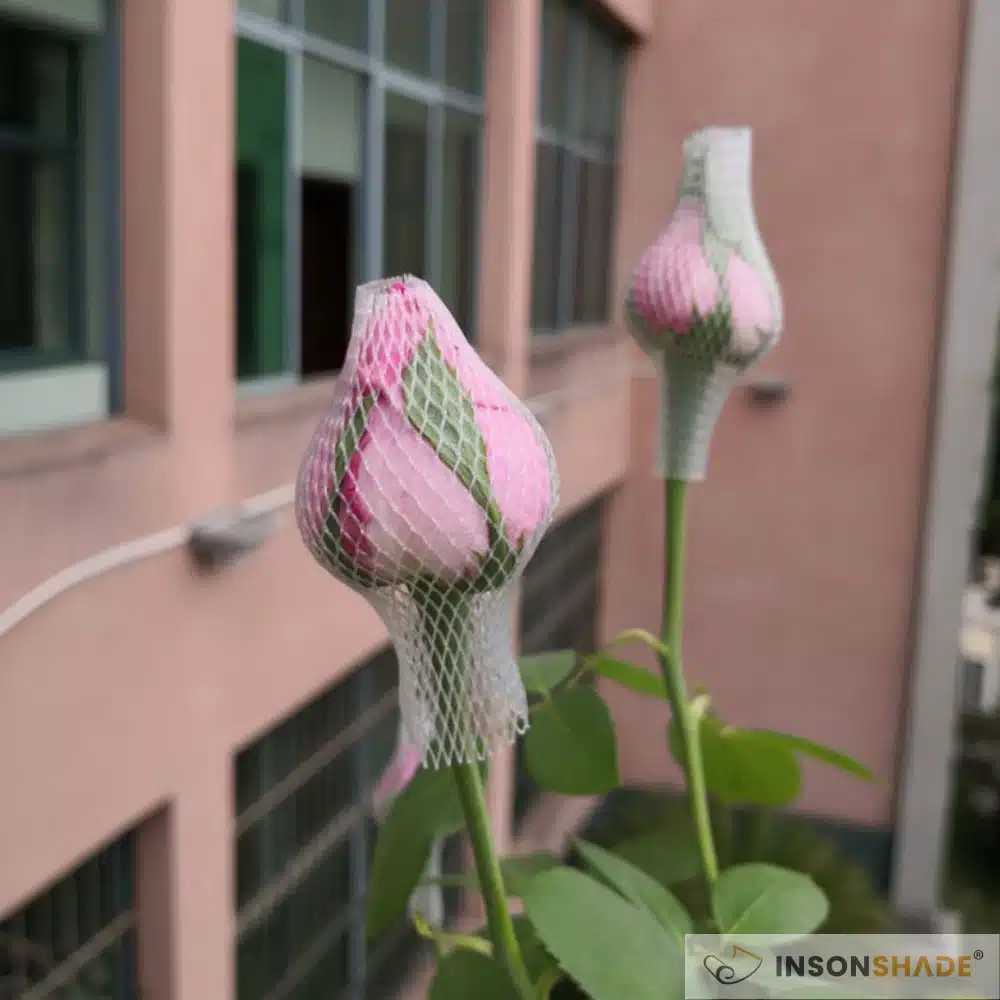As a florist, gardener, or rose enthusiast, you may have noticed that roses are often wrapped in a special bud net. Have you ever wondered why this is done? Is it just to protect the roses during transportation, or is there more to it?
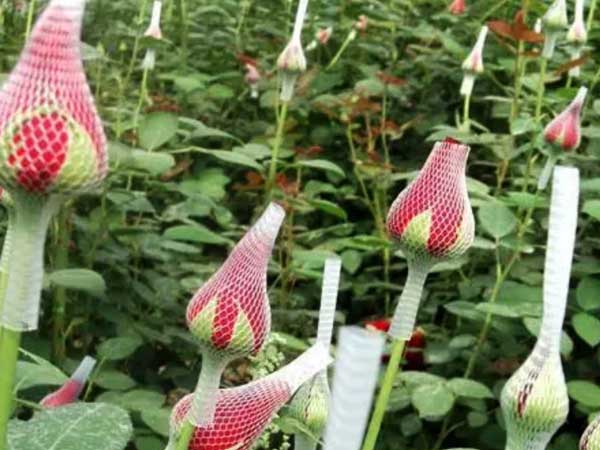
Roses wrapped in bud nets
Understanding the reasons behind using bud nets can help you improve the quality and longevity of your roses, ensuring they meet the highest standards for your customers or personal enjoyment. Here, I’ll reveal five key benefits of using bud nets for roses.
1. Preserving Freshness
Roses are always in demand, and their prices can fluctuate with the approach of holidays. Naturally, the blooming period of roses is limited. However, using a bud net can significantly extend their freshness. Wrapping your roses in a bud net helps keep the petals from opening, allowing the flowers to stay in a closed state.

Rosebud nets
This simple action can preserve roses in cold storage for up to two months, preventing them from blooming and getting damaged. This increases the value of roses, especially before the holidays. By maintaining the flowers in their freshest state, florists can meet market demands even during peak seasons, ensuring a steady supply and optimal profit.
2. Shaping
The perfect, layered shape of roses is often attributed to nature, but it’s actually the result of the bud net. The elastic bud net helps maintain the rose’s shape by keeping the petals tightly packed. This prevents petals from collapsing due to natural factors or external disturbances, preserving the beauty and integrity of the flower.
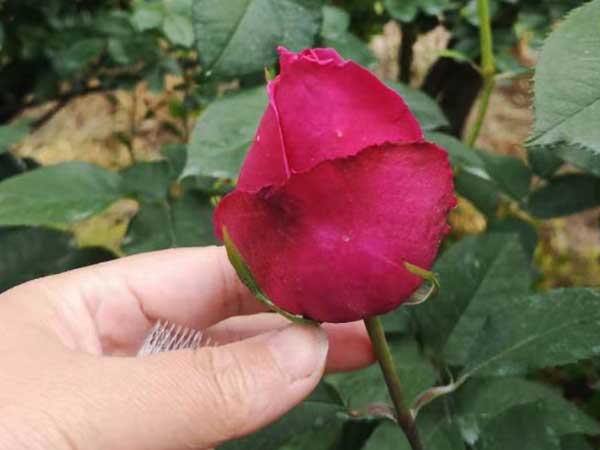
A Rose Shaped by Bud Net
Using a bud net also helps roses maintain their beautiful appearance under various weather conditions, enhancing their overall texture and sales appeal. Florists and gardeners can thus ensure that every rose looks as stunning as possible, meeting the aesthetic standards expected by customers.
3. Pest Prevention
Using a bud net acts as a safety barrier for the flowers. The tight wrap keeps the bud closed, significantly reducing the chance of pests reaching the petals. This means your roses will suffer less from pest damage, maintaining their beauty and health and allowing each flower to display its unique charm in the best condition.
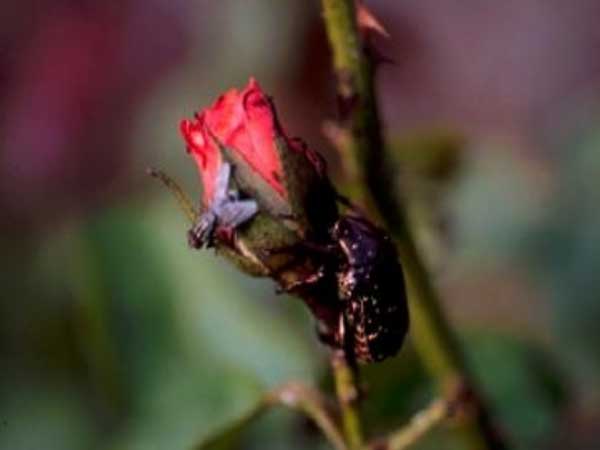
Roses not protected by a bud net get eaten by beetles
Reducing pest damage means fewer chemical treatments, promoting a more eco-friendly approach to rose cultivation. This not only benefits the environment but also appeals to consumers who are increasingly concerned about sustainable practices.
4. Protection During Transportation
Bud nets are indispensable in daily cultivation and transportation. They effectively protect the shape of the rose buds, preventing petal damage during transit. This ensures that each rose remains perfect, safeguarding your hard work and financial interests. Using bud nets minimizes the risk of crushed or bruised flowers during shipping, which can be a common issue. By ensuring that the roses arrive pristine, florists can enhance customer satisfaction and reduce the likelihood of returns or complaints.

Roses ready for transportation
5. Quality Enhancement
Flowering requires a lot of nutrients. Using bud nets can inhibit the transfer of nutrients down the stem, causing more nutrients to accumulate in the petals. This increases the thickness and weight of the petals, upgrading the flower quality.
Additionally, delaying the blooming time allows nutrients to nourish the branches, promoting the growth of the rose stems. This results in more robust flowers and healthier and stronger plants overall. The improved quality and longevity of the flowers can significantly boost their market value, providing a better return on investment for growers.
FAQs
Q1: When should you add the bud net to roses?
Use it when the bud starts to swell. This timing ensures the net can effectively shape and protect the bud without hindering its natural growth process.
Q2: How many grades do roses have?
Roses have four main grades, classified based on stem length and overall quality.
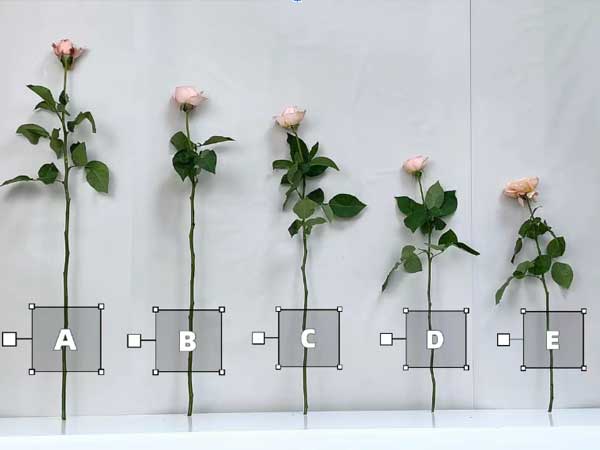
Comparison of rose grades
| Grade | Stem Length | Quality Level |
| AA | > 80 cm | Highest quality |
| A | > 70 cm | High quality |
| B | 60-65 cm | Good quality |
| C | 55-60 cm | Average quality |
| D | 50-55 cm | Below average quality |
| E | < 55 cm | Lowest quality |
Prices can vary up to twice between two grades, so it’s important to improve the grade of your roses for higher profits. Higher-grade roses command better prices and attract more discerning customers.
Conclusion
These five benefits show that bud nets are more than simple protective tools. They play multiple key roles in the growth and preservation of roses. If you haven’t tried using bud nets yet, consider contacting INSONSHADE for high-quality and affordable bud nets for your roses. By leveraging the advantages of bud nets, you can ensure that your roses remain fresh, beautiful, and market-ready, maximizing their value and appeal.
